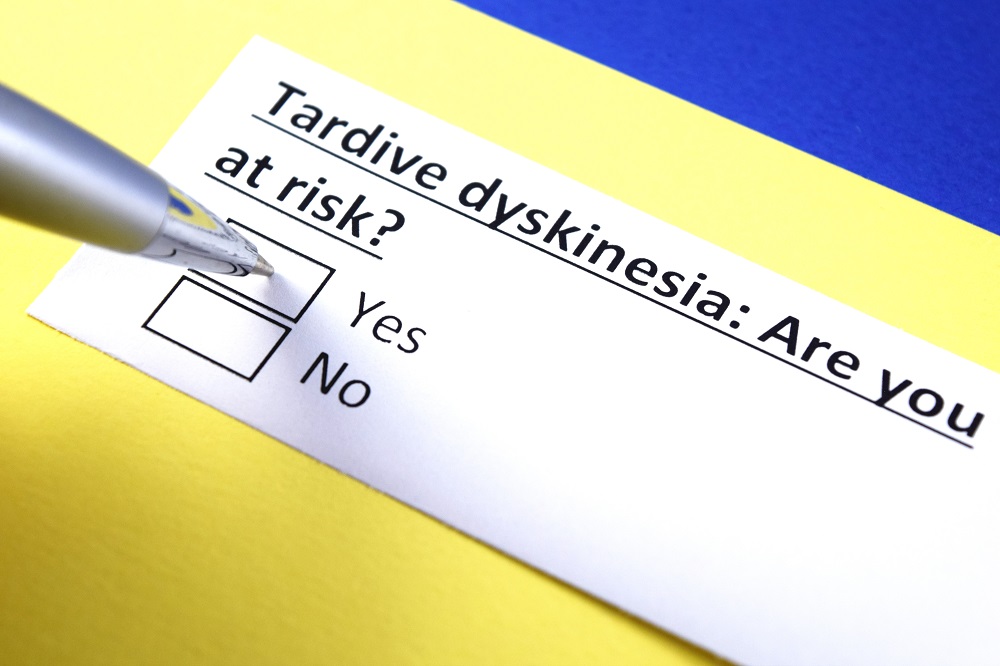In this blog post, we will discuss all aspects of tardive dyskinesia: from understanding the condition to managing it and treating it. We will also hear from experts in the field about their experiences with this disorder.
Contents
Understanding Tardive Dyskinesia
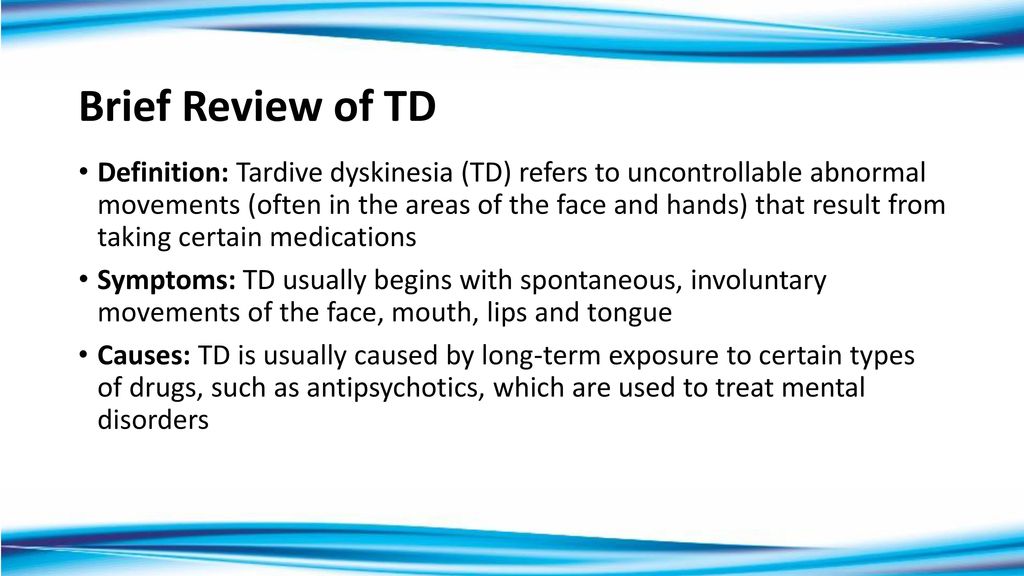
Tardive dyskinesia (TD) is a neurological disorder that results in involuntary movements of the face and body. Though it commonly occurs with the use of too many antipsychotic medications. But can also occur in patients who take other types of medication. However, the condition is a result of long-term exposure to neuroleptic or antipsychotic medications.
Dystonia Vs. TD
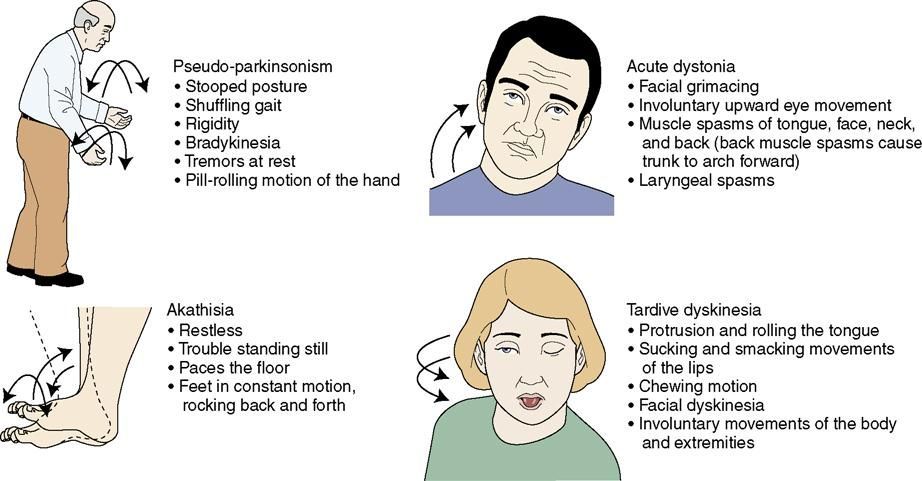
Dystonia is a neurological movement disorder that causes involuntary muscle contractions. TD is a subtype of dystonia, as it also results in involuntary muscle contractions. However, there are some important differences between the two conditions.
- For one, dystonia usually affects just one group of muscles (e.g., the muscles in the neck), while TD can affect multiple muscle groups simultaneously.
- Additionally, dystonia is often triggered by a specific activity (e.g., writing), whereas TD movements are not usually associated with any particular activity.
- Finally, dystonia typically goes away once the trigger is removed, whereas TD is a chronic condition with no known cure.
Symptoms of Tardive Dyskinesia
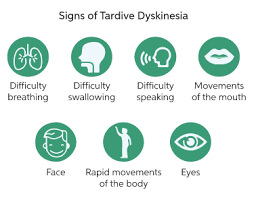
The symptoms of TD can vary from person to person, but typically include:
- Lip-smacking,
- Facial grimacing,
- Puckering and pursing,
- Rapid eye blinking, and
- Uncontrolled movements of the arms, legs, and trunk.
Types of Tardive Dyskinesia
There are three main types of TD: choreoathetotic, dystonic, and parkinsonian.
- Choreoathetotic tardive dyskinesia is the most common type and is characterized by uncontrolled movements of the limbs and body.
- Dystonic tardive dyskinesia is characterized by abnormal muscle contractions. It can cause twisting and repetitive movements of the body, neck, or head.
- Parkinsonian tardive dyskinesia is a form of parkinsonism that is caused by long-term exposure to neuroleptic medications. It is characterized by tremors, rigidity, and slow movement.
Degrees of Tardive Dyskinesia
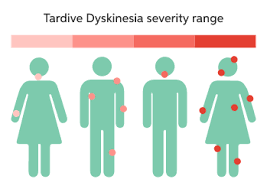
There are three degrees of TD: mild, moderate, and severe.
- Mild tardive dyskinesia is the earliest stage and is characterized by occasional involuntary movements that do not interfere with daily activities.
- Moderate tardive dyskinesia is characterized by more frequent and severe involuntary movements that can interfere with daily activities.
- Severe tardive dyskinesia is the most advanced stage and is characterized by constant involuntary movements that severely impair daily activities.
Causes And Risk Factors
There are two main causes of TD:
- Antipsychotic medications are the most common cause of TD. These medications typically help treat schizophrenia, bipolar disorder, and major depression.
- Neuroleptic medications are the second most common cause of TD. These medications typically help treat Parkinson’s disease, Huntington’s disease, and Tourette’s syndrome.
However, it can also occur in patients who take other types of medication, such as antidepressants and antihistamines.
Several risk factors increase the likelihood of developing TD, including:
- Age: The risk of developing TD increases with age.
- Genetics: Some people bear a genetic predisposition to developing TD more than others.
- Dosage: The higher the dosage of neuroleptic or antipsychotic medications, the greater the risk of developing TD.
- Duration of treatment: The longer a person takes neuroleptic or antipsychotic medications, the greater their risk of developing TD.
Minimizing The Risk of Tardive Dyskinesia
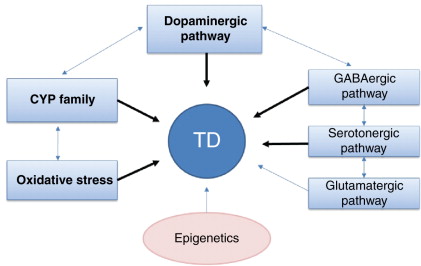
We can take several steps to minimize the risk of developing TD. For instance:
- Monitoring for signs and symptoms of TD.
- Take lower doses of neuroleptics or antipsychotic medications whenever possible.
- Stopping or reducing the dose of neuroleptic or antipsychotic medications if signs and symptoms of TD develop.
NOTE: If you stop taking neuroleptic or antipsychotic medications immediately, your mental health condition may worsen. Therefore, it is important to speak with your doctor before making any changes to your medication regimen.
Managing Tardive Dyskinesia
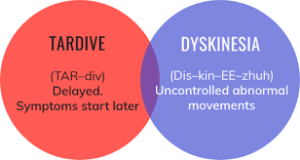
There is no cure for TD, but there are several strategies that can help manage the condition. However, some of these strategies include:
Self-help tips
Several self-help tips can be useful for managing TD. For instance:
- Exercising regularly.
- Eating a healthy diet.
- Avoid caffeine and alcohol.
- Practicing stress-relieving techniques, such as yoga or meditation.
- Taking medications to control the symptoms of tardive dyskinesia.
Self-help Tools
Several self-help tools can be useful for managing TD. For instance:
- A calendar to plan your activities.
- A journal to track your symptoms and medications.
- A support group for people with tardive dyskinesia.
Treating Tardive Dyskinesia
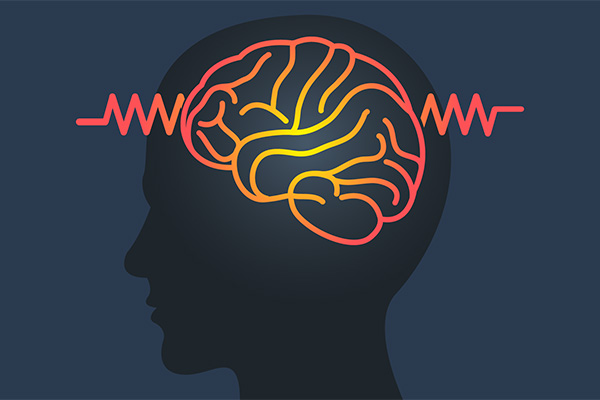
First Level Treatment Options
The first level of treatment for TD is to discontinue or reduce the dose of neuroleptic or antipsychotic medications.
Second Level Treatment Options
If discontinuing or reducing the dose of neuroleptic or antipsychotic medications does not control the symptoms of TD, then second-level treatment options may work. Moreover, these options include:
- Treating the underlying condition that is causing it.
- Replacing the neuroleptic or antipsychotic medications with other medications that do not cause TD.
- Treating the symptoms of TD with a variety of medications, including:
- Benzodiazepines: Benzodiazepines are a class of medications that help treat anxiety and panic disorders. Moreover, they are also effective for treating the symptoms of TD.
- Dopaminergic medications: Dopaminergic medications are a class of medications that help treat Parkinson’s disease and other movement disorders. However, they are also effective for treating the symptoms of TD.
- Anticholinergic medications: Anticholinergic medications are a class of medications that help treat a variety of medical conditions. Such as bladder control problems, anxiety, and depression. Yet, they are also effective for treating the symptoms of TD.
NOTE: If you are taking any of these medications, it is important to speak with your doctor before making any changes to your medication regimen.
Conclusion
Tardive dyskinesia is a long-term condition that is manageable with medication and lifestyle changes. So if you are taking neuroleptic or antipsychotic medications, be sure to monitor for signs and symptoms of TD. Also, talk to your doctor if they develop. There is no cure for TD, but there are treatments that can help control the symptoms.
A Word From Therapy Mantra
Your mental health — Your psychological, emotional, and social well-being — has an impact on every aspect of your life. Positive mental health essentially allows you to effectively deal with life’s everyday challenges.
At TherapyMantra, we have a team of therapists who provide affordable online therapy to assist you with issues such as depression, anxiety, stress, workplace Issues, addiction, relationship, OCD, LGBTQ, and PTSD. You can book a free therapy or download our free Android or iOS app.
